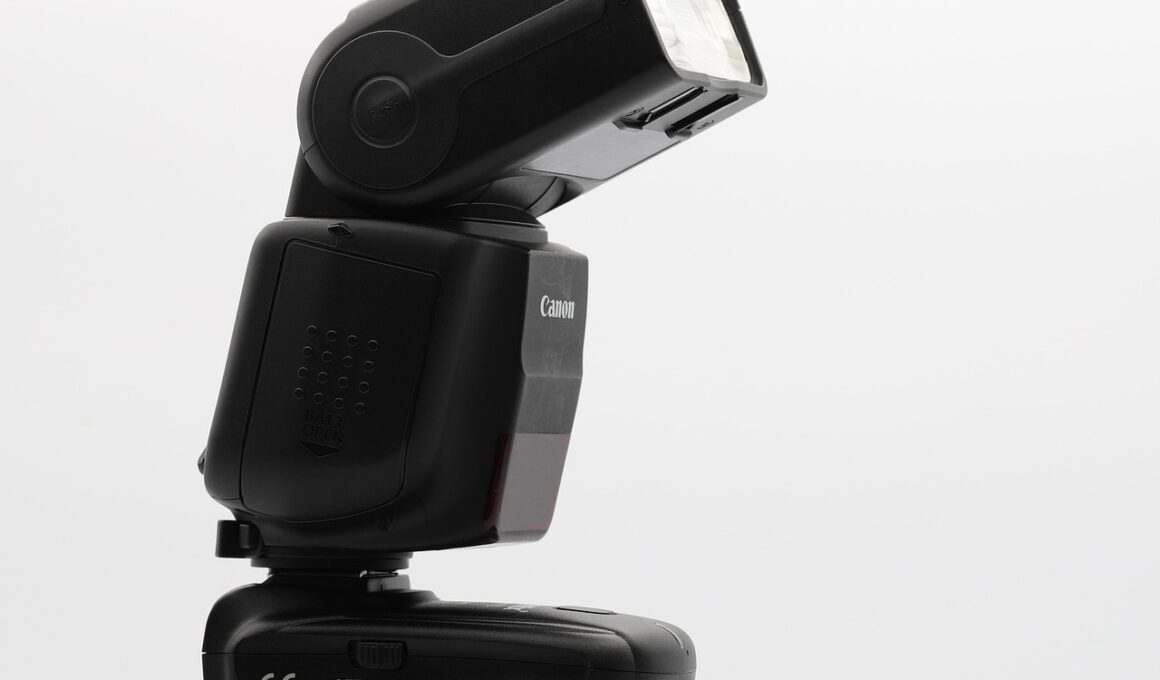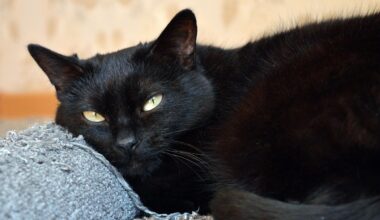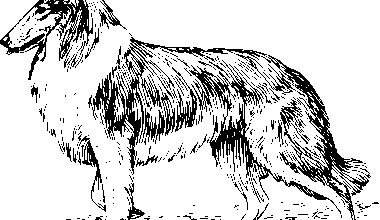Natural vs. Flash Lighting: What Works Best for Cat Photos?
Capturing the essence of your feline friend requires a good understanding of lighting. In cat photography, lighting plays a crucial role in highlighting their unique features. Natural light can create soft, ethereal images that beautifully display your cat’s texture and color. Early mornings and late afternoons, commonly known as golden hours, are ideal for natural lighting. During these times, the sun casts a warm glow, enriching the photograph’s depth and dimension. Additionally, natural light helps avoid harsh shadows, giving a more lifelike appearance. On the other hand, when working indoors or in low-light conditions, flash photography becomes necessary to ensure clarity in the shot. Flash can enhance the details of a cat’s fur, especially in darker settings. However, it can also create unwanted reflections in their eyes or wash out colors. To mitigate these effects, use diffsers or bounce the flash off walls or ceilings to soften the light. In conclusion, both lighting methods have their unique benefits, making it vital for photographers to choose according to their conditions and desired effect.
Using natural light is often favored by many photographers, especially for capturing pet portraits. Cats are usually more comfortable in their familiar surroundings, often exhibiting natural behavior under daylight. This relaxed demeanor results in spontaneous moments that create captivating images. Moreover, the way sunlight interacts with a cat’s fur can produce enchanting effects, such as highlighting speckles in their coat. Strategies like positioning your subject near a window can result in visually stunning photographs. Conversely, flash photography can produce sharp, detailed imagery even without the perfect lighting setup. Utilizing external flashes or speedlights can help achieve quality shots in dimly lit rooms. Photographers can also adjust the intensity of the flash to cater to the surroundings, thus allowing for greater flexibility. While flash may dominate details, it’s crucial to balance it with ambient light to avoid overly harsh contrasts and distorted colors. An additional technique is to utilize softboxes or reflectors, softening the light and making it more pleasing. Understanding your environment and adjustments can lead to remarkable outcomes, blending the pros of both lighting techniques.
Understanding Cat Behavior and Lighting
Cat behavior is an essential aspect of successful photography, especially when it comes to lighting choices. Felines are naturally curious creatures, often reacting to how light plays around them. For instance, a cat might be drawn to sunlight streaming through a window, exhibiting playful behavior that photographers can capture magnificently. Exposure to different types of lighting influences their expression and posture, making it crucial to scout the location beforehand. Understanding your cat’s natural habits allows you to anticipate their movements. This approach can help you exploit the best lighting available at any moment, resulting in candid photographs. However, flash may provoke startled responses from some cats, leading to unpredictable shots. To avoid disrupting their comfort, it’s beneficial to introduce flash gradually, allowing the cat’s reactions to inform your shooting method. Capturing a relaxed pet is much easier when the environment feels safe. It’s advisable to remain patient and patient with your feline friends, as creating a harmonious balance unfolds organically in due time. Observing their preferences will ensure you capture precious moments when they are at ease and naturally adorable.
When preparing for a photoshoot, consider the time of day and the specific environment as well. Early mornings provide a soft, warm light that can enhance the overall look of the image. In contrast, using flash at this time can result in stark shadows that may detract from the essence of the photograph. Avoiding situations where harsh contrasts adversely affect your subject is paramount. Experimentation becomes a photographer’s best friend. Take various shots at different times of day, switching between natural and flash lighting, to gauge which settings work effectively with your cat’s unique temperament. The best approach is often a combination of both techniques. For example, take advantage of golden hour while utilizing a reflector to bounce light back onto your cat, illuminating their face perfectly while preserving the ambient light’s warmth. By experimenting and exploring various methods, photographers can develop their individual style that complements their cats’ characteristics. Ultimately, this personal endeavor towards mastering lighting can cultivate distinctive photographs that both owners and the cats will cherish.
Essential Tips for Cat Photography
Enhancing your cat photography skills involves a few strategies that every pet enthusiast should embrace. Firstly, using a lower ISO setting can create delicate images, reducing noise in bright environments. When lighting is dim, set ISO higher yet be cautious of excessive graininess. Secondly, take advantage of aperture settings. A wide aperture brings the focus onto your cat while gently blurring the background, creating a captivating depth of field. It highlights your feline, ensuring they stand out against their surroundings. Thirdly, practice patience. Cats can be notoriously fickle, so settling into a shoot where they feel comfortable is vital. Having treats nearby can help, luring them into desired poses. Finally, ensure your camera settings are correctly calibrated to adjust for your chosen lighting. Flash can overexpose images if not adjusted precisely. Alternatively, natural light can necessitate slower shutter speeds without a flash, meaning that stability becomes paramount. Ultimately, developing these techniques helps you evolve as a photographer and creates enchanting visual stories of your feline companions, capturing their unique personalities beautifully.
As you progress, exploring post-processing techniques can further enhance your cat photos. With tools like Adobe Lightroom or Photoshop, you can refine your lighting, shadows, and colors in images. For instance, adjusting contrast can help balance images shot in challenging lighting conditions or highlight the details captured through reflective flash. Bringing warmer tones to images taken in cool light can evoke a comforting vibe. Moreover, cropping can emphasize your cat, drawing the viewer’s eye to their enchanting features. However, moderation in post-processing is essential to maintain the authenticity of the photo. The aim is to enhance reality, not distort it. Additionally, consider experimenting with a range of different editing styles to find the one that aligns with your artistic vision. Over time, photography becomes a beautiful narrative, with each click encapsulating moments that tell stories. By effectively harnessing both natural and flash lighting, you can create a collection that celebrates your cat’s charm and idiosyncrasies, inviting admiration from fellow pet lovers. Consistency will inspire growth as a photographer, helping you excel in cat photography.
Conclusion: Choosing the Right Light for Your Cat Photos
In summary, both natural light and flash have their specific merits and challenges in cat photography. Understanding your environment and the behaviors of your cat will guide you in selecting the lighting that suits your shoot best. Whether you favor the warmth and softness of natural sunlight or the crisp clarity of flash photography, it’s essential to adapt to your cat’s comfort. Mastery lies in balancing these techniques to achieve remarkable results. Experiment with different scenarios, angles, and times of day to discover your preferred methods. The ultimate goal is to capture the unique essence of your feline friend in stunning detail while preserving their natural charm. Over time, you will develop a distinctive approach to photography that celebrates your bond with your pets. Always remember to cherish the moments shared, whether capturing those playful antics in soft light or their unyielding curiosity illuminated by a quick flash. By embracing both elements, you will undoubtedly create a treasure trove of photographs that exhibit not just individual cats but a cinematic collection of priceless memories.
The journey of mastering cat photography is enriched by understanding both the nuances of lighting and the characteristics of the subject. As you continue on this path, every photograph becomes a testament to your growth, artistry, and connection with your feline companion. Embracing both natural and flash lighting enhances the emotional depth of the images while telling a story unique to your pet. Striking the right balance fosters an atmosphere where your cat can be themselves, resulting in genuine, heartwarming captures that depict their true nature. Whether you are an aspiring or seasoned photographer, the wisdom shared through practice and experimentation holds the key to unlocking your creative potential. Every click of the shutter is an opportunity to distill memories, emotions, and beautiful moments. The practice of cat photography can truly harmonize with daily life, celebrating your bond through art. By learning from each experience, you become adept at coaxing the best out of your feline models. With dedication and passion, the world of cat photography unfolds a vibrant tapestry of color, emotion, and love that every cat owner will treasure for years.


